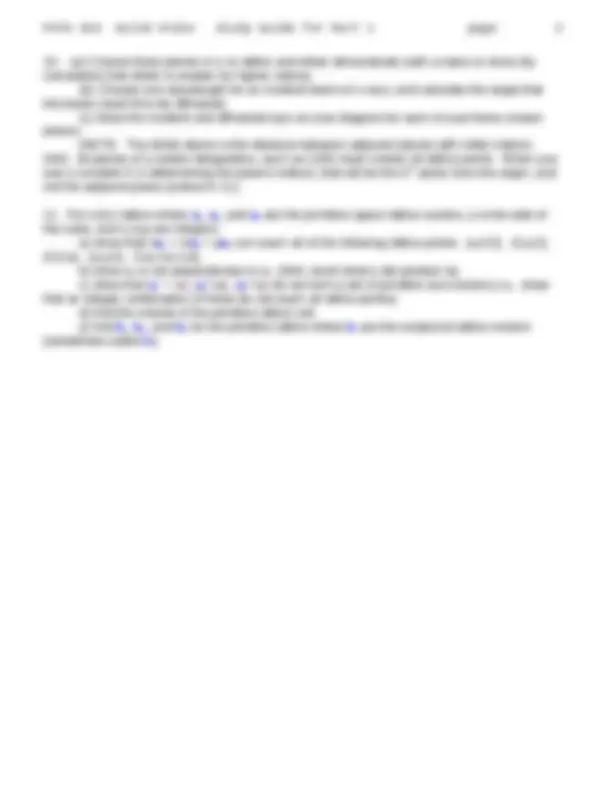



Study with the several resources on Docsity

Earn points by helping other students or get them with a premium plan


Prepare for your exams
Study with the several resources on Docsity

Earn points to download
Earn points by helping other students or get them with a premium plan
Community
Ask the community for help and clear up your study doubts
Discover the best universities in your country according to Docsity users
Free resources
Download our free guides on studying techniques, anxiety management strategies, and thesis advice from Docsity tutors
A study guide for the first part of a university course on solid state physics, focusing on crystal structure and diffraction. It includes an outline of the topics covered, study questions, and collected homework assignments. The guide covers the concepts of basis, lattice, crystal directions and planes, fourier series, diffraction, and crystal binding. Students are expected to understand the differences between various lattice types, crystal structures, and symmetry operations, as well as the principles of bragg's law and the reciprocal lattice.
Typology: Assignments
1 / 3

This page cannot be seen from the preview
Don't miss anything!


Crystal Structure Chapters: 1,2, OUTLINE: A. Basis B. Lattice
PHYS 353 Solid State Study Guide for Part 1 page 2
n